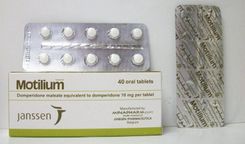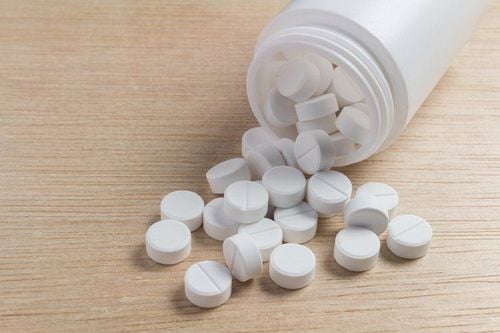Panadol is a group of products sharing the common ingredient paracetamol. Depending on the formulation and additional ingredients, Panadol medications are classified into different types with varying effects and indications
1. General Information about Panadol
Panadol products are used for pain relief and fever reduction:
- Panadol 500mg tablets: Commonly known as Blue Panadol.
- Panadol Extra: Commonly known as Red Panadol.
- Panadol effervescent 500mg tablets: Also known as Effervescent Panadol.
- Panadol Cold & Flu: Indicated for relieving symptoms of colds and flu such as fever, pain, and nasal congestion. In addition to paracetamol (which reduces pain and fever), this formulation contains Caffeine- Enhances pain relief and restores alertness and concentration during fatigue. and Phenylephrine- A decongestant that reduces nasal congestion
2. Is Panadol Safe in Overdose?
Generally, Blue Panadol, Red Panadol, and Effervescent Panadol are safe when used at the recommended dosage. However, overdosing can cause toxicity to the liver and kidneys, with symptoms including dark-colored urine, clay-colored stools, jaundice, and more severe outcomes such as death.
Symptoms of Overdose: Symptoms of poisoning typically appear within the first 24 hours and include nausea, vomiting, loss of appetite, abdominal pain, and paleness. Liver damage may become apparent 12 to 48 hours after ingestion, potentially leading to irreversible liver necrosis. In severe cases, liver failure may progress to encephalopathy, bleeding, hypoglycemia, brain edema, and death. Other complications include heart rhythm disorders, pancreatitis, and acute kidney failure.
Recommendations: Avoid simultaneous use of other medications containing paracetamol, as it may lead to an overdose. Many over-the-counter medications contain paracetamol, so caution is advised when combining Panadol with other drugs, particularly pain relievers or medications for cough and cold symptoms.

3. Differences Between Red and Blue Panadol
Blue Panadol (500mg tablets): Contains paracetamol as the sole ingredient, effective for reducing fever and relieving pain. Red Panadol (Panadol Extra): In addition to paracetamol, it includes caffeine, which enhances the pain-relieving effect of paracetamol while helping restore alertness and focus during fatigue.
Indications for Use: Both medications are recommended for managing mild to moderate pain and reducing fever, such as: Headache, migraine, back pain, toothache, joint pain, menstrual pain, alleviating fever, body aches, and fatigue commonly associated with colds, flu, and sore throat.
Precautions for Red Panadol:
Avoid excessive consumption of caffeine (from coffee, tea, or energy drinks) while taking Red Panadol. Combining the recommended dosage of paracetamol-caffeine with a caffeine-rich diet can lead to side effects of caffeine overdose, including insomnia, restlessness, anxiety, irritability, headaches, digestive disturbances, and heart palpitations.
It is not recommended to consume caffeine during pregnancy as it may increase the risk of miscarriage due to caffeine accumulation in the body.
Caffeine in Red Panadol can pass into breast milk and cause stimulant effects in nursing infants, especially when mothers consume high levels of caffeine. Therefore, breastfeeding mothers should limit caffeine intake during this period.
To arrange an appointment, please call … or make your reservation directly HERE. You may also download the MyVinmec app to schedule appointments faster and manage your reservations more conveniently













